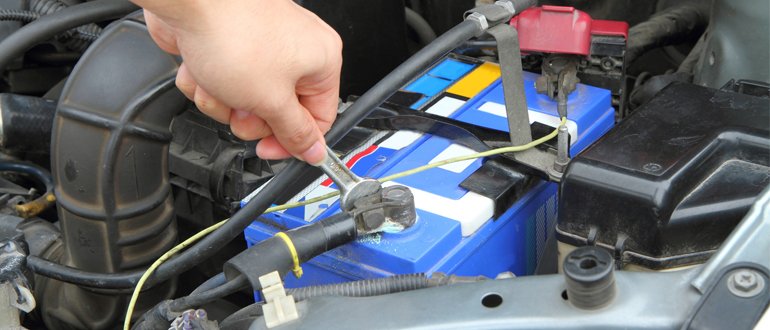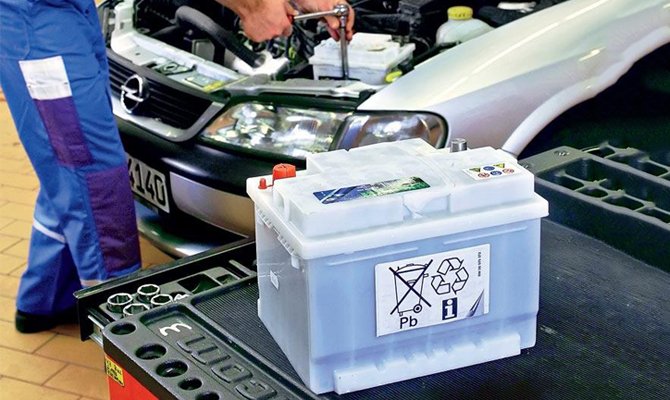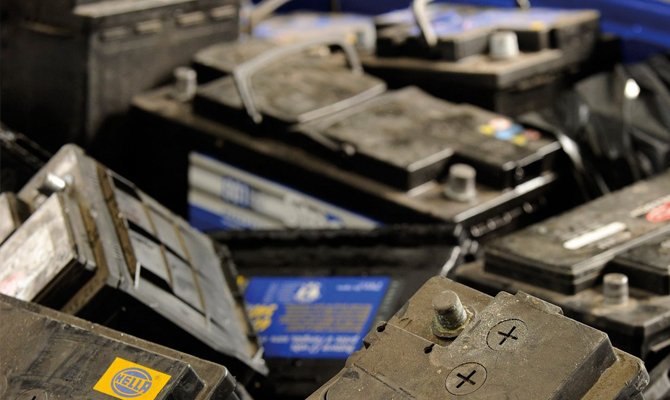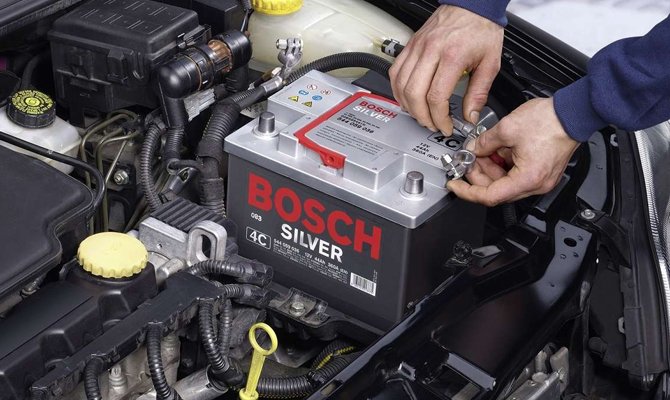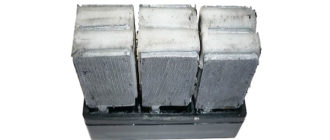Replacing the battery is a very simple operation that any car owner can independently perform. The main catch is only when to change the car battery. If the performance of many parts of the machine can be determined visually, but it is almost impossible to understand whether the battery has served a full resource in this way.
In a situation where the battery is not able to start the engine, there is also much that is not clear, because from time to time the battery can be completely discharged, but this condition is absolutely normal and can be easily eliminated by connecting the battery to the charger. Next, we will consider the main signs by which we can judge that it is time to change the car battery.
Content
What time is better to change the battery
If it is known that the battery life is coming to an end, but the battery is still able to start the car engine, it is recommended to replace it in the autumn season. At a negative temperature, much more energy is required to start the engine, so a product that can easily cope with such an operation in the summer can fail at any time when cold days come.
In addition, the owner of the car may be unpleasantly surprised when he finds the car’s battery is completely frozen. If the battery has been used for many years, as a result of the formation of a large amount of plaque on the plates, which does not go back into the electrolyte solution, its density decreases markedly.
As a result, the freezing temperature of such a liquid decreases, which leads to the formation of ice inside the battery case. Electrolyte freezing, in many cases, leads to the destruction of the plates, which makes it impossible to further use the battery.
In addition to the above arguments in favor of replacing the battery in the fall, one can name a significantly higher power consumption in the winter. First of all, the load on the battery increases due to the need for frequent switching on of lighting devices, due to the short daylight hours. This problem is especially acute in the northern latitudes, where a day in winter can last only a few hours.
The second reason is the slow movement of vehicles on icy roads. The need to be careful does not allow you to move with significant engine speeds, therefore, in this mode of operation of the motor, the generator can be automatically turned off, as a result of which the main load to provide electricity to all consumers will fall on the shoulders of the battery.
Signs of battery wear
The main sign by which one can judge the strong wear of the battery is a fast battery discharge. If you often have to put the battery on charge, while the generator and the electronic regulator of the car are in good condition, then the battery will need to be replaced in the very near future.
Rapid boiling of the electrolyte is also a sign of imminent death of the battery. The deposition of sulfates on the plates leads to a significant decrease in battery capacity, which causes excessive gas generation inside the cans, even when a standard charging current is applied to the terminals.
A decrease in discharge current indicates that the internal resistance of the battery has increased significantly. With a significant increase in this indicator, the battery will completely lose its ability to start the engine, so at the first signs of such a malfunction, you should try to restore the battery charge using the charger.It is possible to more accurately determine the internal resistance of a battery and its discharge current using special devices.
How often do you need to change the battery in a car
Battery life depends on many factors. First of all, manufacturing technology affects the battery life. For example, modern maintenance-free products can last about 2 times longer than conventional antimony batteries. In addition, the operating conditions and the observance of the rules for using such a product as a starter device affect the frequency of the battery change.
The average projected battery life of various designs are:
- For low antimony batteries - 4 years.
- For calcium batteries - 5 years.
- Maintenance-free calcium batteries - 6 years.
- AGM - 10 years.
- EFB - 7 years.
- Gel - 10 years.
Battery life is also affected by the duration of storage prior to sale. To find out the product’s manufacturing time, it’s enough to find a code on the lid that is not difficult to understand, you can buy a battery or it is better to refuse a purchase.
Is it worth it to pull to the last with a replacement battery
Buying a battery costs the car owner quite expensive, so almost all motorists seek to fully exhaust the battery before replacing it. Do not do this for the following reasons:
- Decrease in safety of operation of the machine.
- Risk of failure of electrical equipment.
- Increased engine wear during starting.
The avaricious, as you know, pays twice, but untimely replacement of the battery can lead to an accident, which can cost life or health. For example, if a car suddenly stalls at a busy intersection or railway crossing, a worn-out battery may not be able to cope with a quick engine start.
A “dead” battery negatively affects the performance of electricity consumers. In addition, it will take significantly more time to start the engine. Numerous attempts to start the car at low crankshaft speeds cause increased wear of internal parts due to oil starvation, as well as grinding off the starter gear and engine flywheel due to weak engagement.
Considering the negative impact of an inoperative battery on the comfort and safety of using the machine, it is recommended to replace the machine’s battery with a new product on time.

